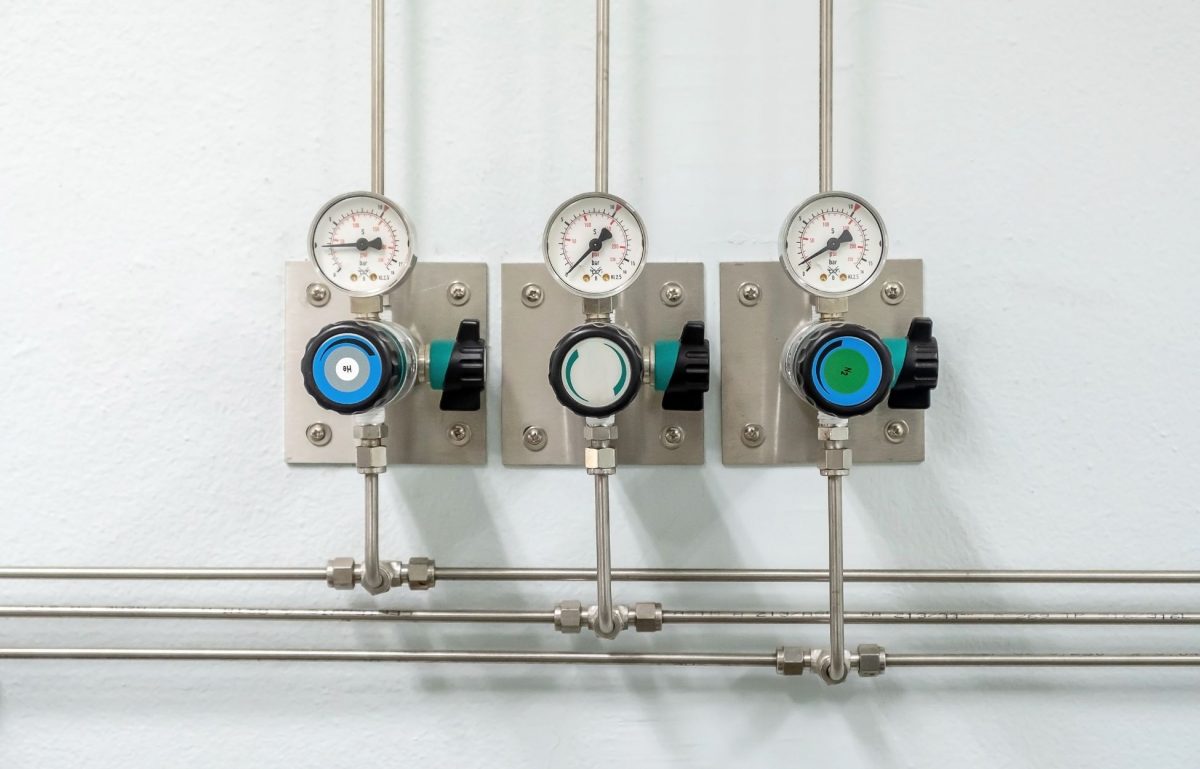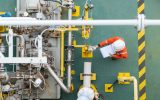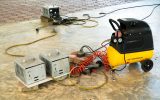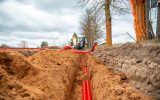Several industries frequently use calibration gas. If you haven’t used them before, matching gases and scenarios can get confusing. A lot goes into determining the correct type of calibration gas to use for your line of work, which is why we’ve made a list of the different kinds of gases used for calibration. Read it and clear up your confusion.
The Main Gases Uses
Before we cover how they’re used together, let’s list the primary gases used for calibration:
- Oxygen
- Carbon Dioxide
- Nitrogen
- Helium
- Argon
- Acetylene
Other gases are used for calibration, but these are the key ones you’ll find in most mixtures. Each has its own benefits, but they vary depending on what your company needs them to do.
The Ways They Get Used Together
Most of these gases are combined or refined into specialty gases. These get used later for calibration. You should be aware of the different kinds of these specialty gases that exist, but the key thing to note is they’re all being used together in the same canister.
Calibration gases can also get used together in multi-gas systems meaning the gases come from separate canisters and get mixed up within the machine. This is when it’s the most critical to ensure that you’re using the correct gas because the wrong ones mixing together can cause a whole host of potentially deadly issues.
The Methods of Choosing Them
As we mentioned earlier in this list of the different kinds of gases used for calibration, your company will be the one deciding which gases are best for their processes—but there are other aspects to consider. For instance, the quality of the gas is significant. Determine this by checking the expiration date. If it’s too old, it could mess up your machines or harm nearby coworkers.
You should also consider the gas’s purity. If a system requires only one type of gas, having others seep in could cause damages. Use gas detectors to make sure everything is up to par.













